Do you experience increasing pain in your hips and soreness in your legs when riding? In fact, the main reason is that your bike seat is uncomfortable, or it may also be due to an incorrect adjustment of your bike saddle.
So, how do you adjust a bike saddle? In this article, you will learn the correct way to adjust your bike saddle to help you ride more comfortably.
Generally speaking, poor riding posture and inefficient pedaling techniques can cause serious damage to your knees, especially when using commuter bikes and shared bikes, whose saddles are usually set quite low, making them unsuitable for long-distance rides.
A research report shows that a saddle that is set too low leads to muscle fatigue 12% sooner. Many beginner riders tend to lower the saddle to make the posture feel more relaxed, but such an adjustment actually makes riding more tiring. Therefore, it is essential to learn how to properly adjust your bike saddle.
Why is it so important to properly adjust your saddle?
A precise adjustment of the bike saddle is essential to prevent pain and optimize your performance. A poorly adjusted saddle can cause knee, back, or perineal pain, as well as increased muscle fatigue. On the other hand, a well-calibrated position promotes correct posture, better power transfer, and increased comfort during rides.

Adjusting the Angle of the Bike Saddle
The angle of a bike saddle refers to the angle between the saddle and the horizontal line. This can be determined by how well your sit bones are supported on the saddle, which generally depends on two factors:
- Is the width of the saddle compatible with the body's sit bones?
- Does the tilt angle of the saddle properly support the body's sit bones?
In the first case, it is recommended to replace the bike saddle with one that is more suitable. If you choose an electric bike from the LANKELEISI brand, it is advisable to select a saddle specifically designed for LANKELEISI electric bikes. There are many types of bike saddles on the market. So how do you choose the right one?
In the second case, you can adjust the saddle angle from 0 to -6 degrees. In other words, it should be no more than 6 degrees below horizontal or with the nose tilted slightly downward, and it can be adjusted based on the support the saddle provides while riding. In general, the nose of the saddle should not be tilted upward, as this reduces support for the sit bones. If the nose tilts down too much, even though the sit bones may have more support and better leg power engagement, your arms will need to work harder to support your body, resulting in a slight loss of control.
Generally speaking, LANKELEISI professionals recommend that beginner riders start by adjusting the saddle to a neutral level. Then, based on the maximum height and the forward-backward position of the saddle, they can find the right support for their sit bones. Once the core muscles are strengthened, a slight forward tilt can be adjusted appropriately.

Adjusting the Tilt of the Bike Saddle
- Neutral position: Start by using a level to ensure the saddle is flat. This neutral position suits most riders and ensures an even distribution of weight.
- Forward tilt: A slight forward tilt (1 to 2 degrees) can relieve pressure on the perineum. However, tilting too far forward may cause you to slide forward and put strain on your arms and shoulders.
- Backward tilt: Slightly tilting the saddle backward can improve comfort when climbing hills or riding on rough terrain. However, if the tilt is too steep, it may compress soft tissues and cause lower back pain.
Adjusting the Height of the Bike Saddle
The height of a bike saddle can be adjusted with varying degrees of precision. Several different methods are listed below for reference only. If you have a better adjustment method, that would be great.
Heel-to-pedal method
Sit on the bike saddle, keep your feet level, and pedal using your heels. When the pedal reaches its lowest point, your legs should be straight without feeling overextended or bent at the knees.
A properly adjusted riding position means you don’t have to rock your body from side to side to reach the lowest pedal point, nor should your legs feel like they can’t fully extend while riding.

Inseam Method
Stand barefoot against a wall and measure the distance from the floor to your hips.
Multiply this measurement by 0.885 to determine the ideal height from the center of the bottom bracket to the top of the saddle. For example, if your inseam is 80 cm, the recommended saddle height is 70.8 cm.
109% Method
This measurement method comes from a study published by Hamley and Thomas in 1967. Through long-term experiments, they found that the ideal bike saddle height (from the pedal’s bottom dead center to the top of the saddle) is 109% of the inseam height (which can easily be measured by placing a book between your legs and measuring from the book to the ground).
This method has been widely adopted, recognized by top coaches in the industry, and used for many years.
However, new research shows that the 109% method does not provide maximum power output or optimal pedaling efficiency.
LeMond Method
This method is a variation of the 109% method and was first promoted by Greg LeMond, a three-time Tour de France winner—hence the name LeMond Method.
Like the 109% method, it measures the inseam but uses a different formula: 88.3% of the inseam height corresponds to the distance from the top of the saddle to the center of the bottom bracket.
This method allows for a quick and precise saddle height adjustment. However, for people with relatively long thighs, the values obtained using this method can differ significantly. Therefore, this method has some limitations.
Holmes Theory
This approach comes from research on cycling-related injuries and uses a different method from the three above. It primarily uses a goniometer to measure the knee flexion angle when the pedal is at the bottom dead center (foot level).
Holmes suggests this angle should be between 25° and 35°, and if you have a history of knee injuries, you should aim for something closer to 25°.
If your bike saddle was previously set too low, it may feel uncomfortable at first after raising it. However, you will likely get used to the new height after 2 to 3 weeks, and it will improve your performance in long-term training. Of course, if you still feel discomfort, you can slightly lower the saddle to increase the knee angle. In practice, most people’s knee angles fall between 25° and 30°, typically close to 25°.
Adjusting the Fore-Aft Position of the Saddle
After adjusting the saddle height using one of the above methods, ride the bike in a stationary setting. Position your sit bones properly on the saddle (you should feel the seat supporting both sit bones), and place the ball of your foot on the pedal.
When your foot is in the 3 o'clock position (horizontal), a vertical line from the front of your kneecap should pass through the pedal axle.
If your knee is ahead of this line, move the saddle backward slightly. Conversely, if your knee falls behind this line, the saddle should be moved slightly forward.

Cycling Tips
There are some differences between saddles on different bike models, so it’s important to choose one that suits your needs. As a general rule, the lower the bike's handlebars, the narrower and longer the saddle should be. Conversely, a mountain bike with a more upright riding posture can use a wider saddle.
For urban riding—where frequent stops and the need to get on and off the bike are common—the saddle can be adjusted to a height where the soles of your feet can touch the ground.
If you experience knee joint pain, you can adjust the saddle height accordingly. If the pain is at the front of the knee, raise the saddle by 2 to 3 mm. If the pain is behind the knee, lower the saddle by 2 to 3 mm.
The bike saddle has limited ability to adjust riding posture. First and foremost, you need to choose a saddle that fits your body size properly.
If you often commute by bike and then switch to an electric mountain bike, you may experience discomfort in your buttocks and lower back, even if the saddle is adjusted to the proper height. This is due to the body not yet being adapted. In general, this will improve significantly after a few rides. Discomfort in the buttocks can also be alleviated by wearing better cycling clothing. The quality of padding in cycling shorts varies greatly across different price ranges.
Conclusion
Proper bike saddle adjustment is essential to ensure both your comfort and performance while riding. By methodically adjusting the angle, tilt, height, and more, you can optimize your posture and reduce the risk of injury. Don’t hesitate to consult LANKELEISI professionals to help fine-tune your riding position.








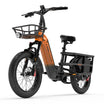
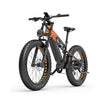
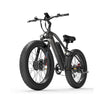


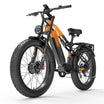






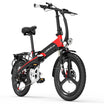
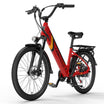
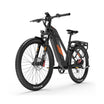
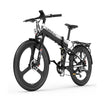
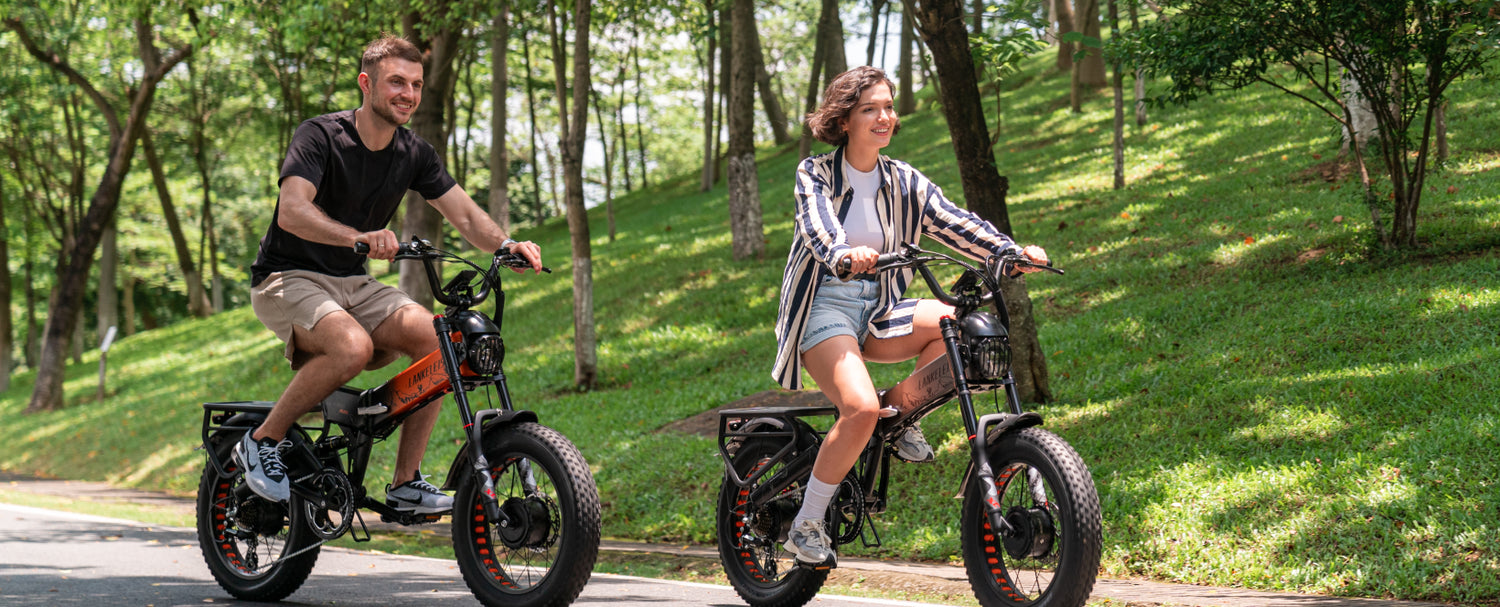
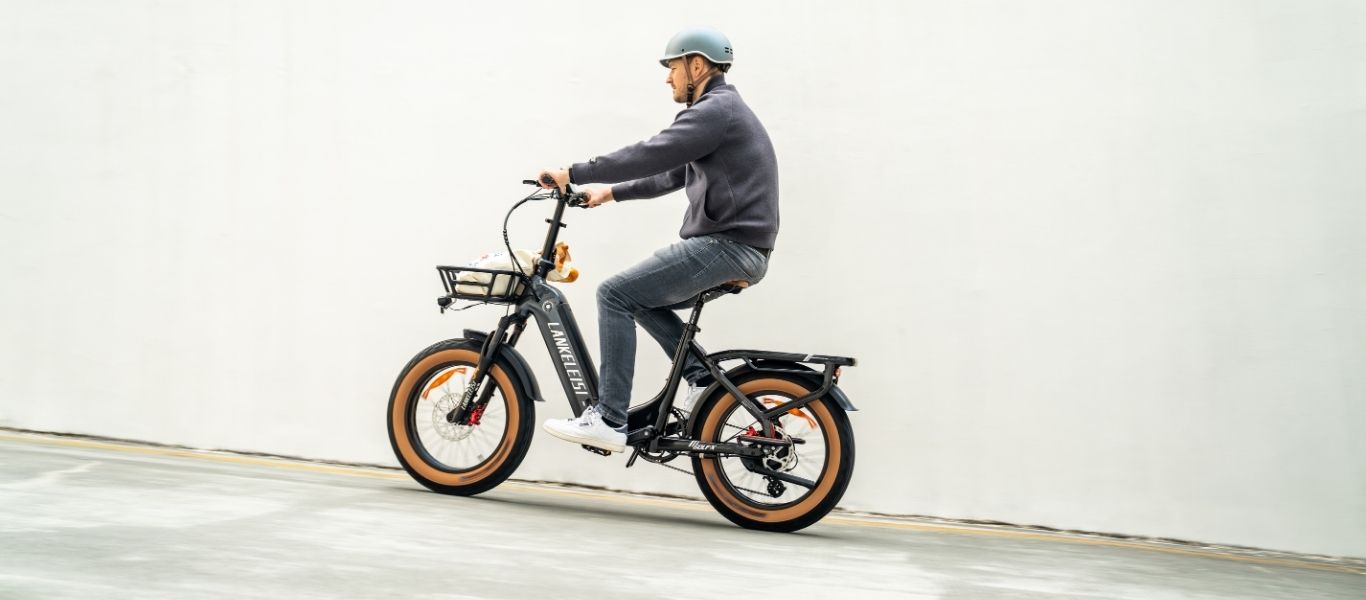

Hinterlasse einen Kommentar
Diese Website ist durch hCaptcha geschützt und es gelten die allgemeinen Geschäftsbedingungen und Datenschutzbestimmungen von hCaptcha.